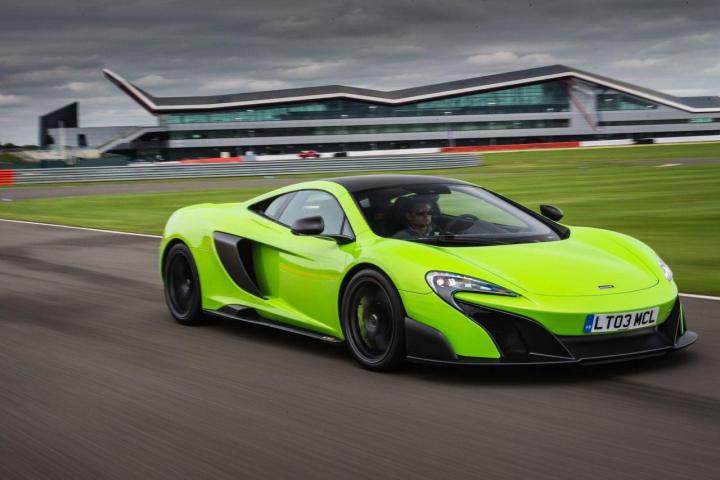
While those figures are hugely impressive, McLaren knows it needs to improve upon them if it wants to fend off rising competition from the likes of Ferrari’s 660 horsepower 488 GTB. And it’s more than a performance war these days. The 650S may have P1-inspired styling, but not all supercar consumers find it as beautiful as the competition.
That’s why the UK automaker has declared that the 650S Successor, known internally as the P14, will not only be far more “super” of a car, but it will also be a radically-styled accessory.
Scheduled for an introduction in 2018, the P14 will use McLaren’s carbon fiber tub and a reworked version of the 650S’s 3.8-liter twin turbocharged V8 with more than 641 horsepower (670 HP is a fair estimate). Presently, the track-oriented McLaren 675LT develops 666 HP and wears lower-profile bodywork.
With the P14, McLaren will reportedly showcase an all-new design language that will work its way into future models. McLaren design director Frank Stephenson has already said the P14 will be “even crazier” than the P1 hypercar, but expect the more distinctive Mclaren design cues to endure.
As with the 650S, a spider variant is planned with a folding hard top to go on sale in 2019. With greater power and new styling will come a fatter price tag of somewhere between $300,000 and $350,000 for the coupe, and some increment more for the Spider.
Editors' Recommendations
- Bowers & Wilkins and McLaren launch special-edition Px8 headphones
- McLaren applies F1 tech to health care, air-traffic control, Wi-Fi, and athletics
- This electric mini McLaren will ensure your kid has a cooler ride than you


